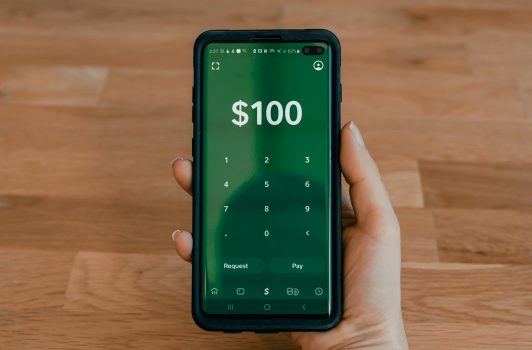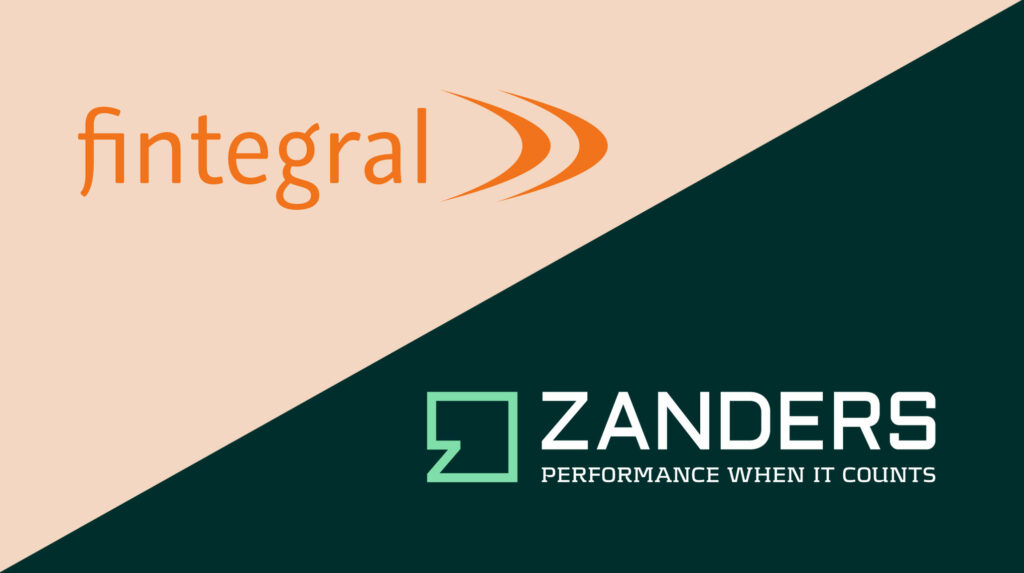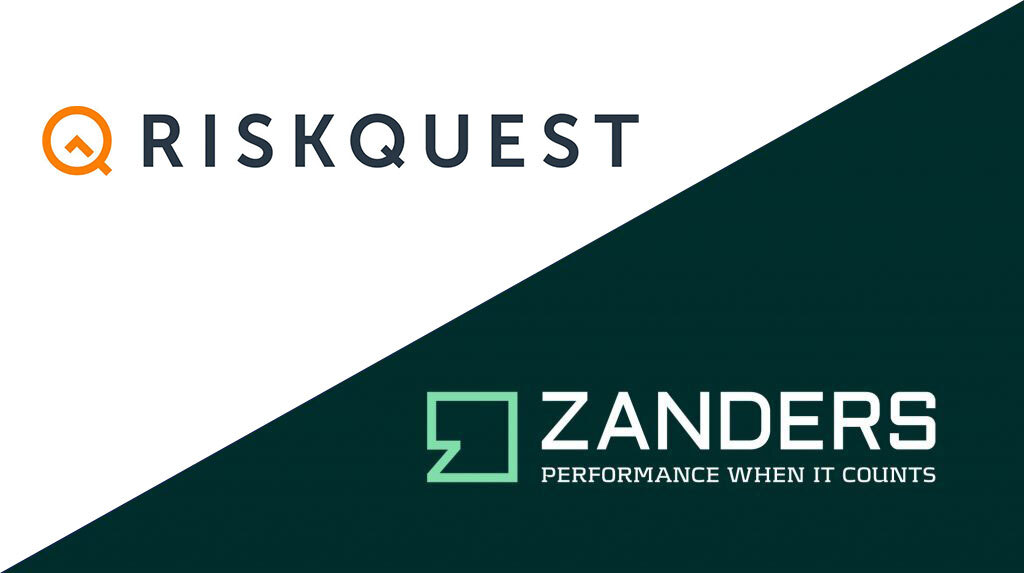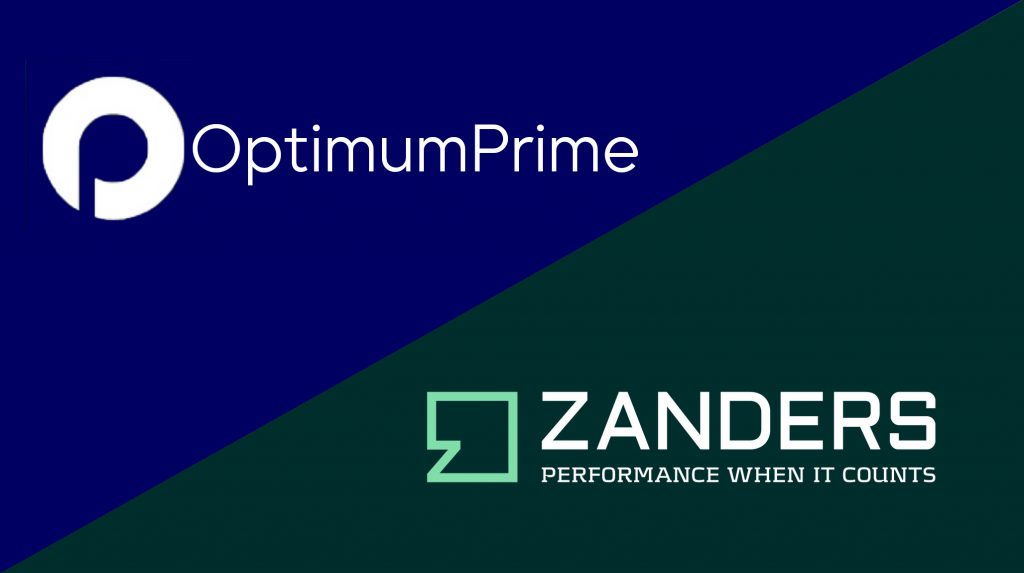As well as being a member of the board of the DACT (Dutch Association of Corporate Treasurers), Bart-Jan Roelofsz is mainly known as group treasurer and insurance manager at Endemol Shine. This entertainment group is the result of a merger between Endemol and Shine. The merger means that the Shine companies have now adopted Endemol’s holistic approach to risk management. But what does that mean in practice? We asked Bart-Jan to explain.
Endemol took over the Shine Group at the end of 2014. What exactly does the joint venture do?
“We now have our own offices in nearly 40 countries but there’s quite a market beyond those countries as well. There are three aspects to our operational activities: creating, producing and distributing formats. The production activities involve scripted and non-scripted productions. The scripted productions, such as Humans, Ripper Street and Black Mirror, have production budgets that can run to over EUR 5 million per episode. Some examples of non-scripted shows are reality TV series such as Big Brother and game shows such as Deal or No Deal. Once a production has been completed, we distribute these ‘finished programs’ around the globe. In addition to these distribution activities we also license formats or concepts to third parties. These are then allowed to produce a show in a country where we don’t have an office ourselves.”
To what extent has the operational side of the ‘old’ Endemol changed as a result?
“The scripted and non-scripted activities haven’t really changed since the merger with the Shine Group; they have primarily just multiplied considerably. What’s important is that the programs that come from Shine complement the programs that Endemol already had. That’s great, because our financing model is largely based on – indirect – advertising revenues. In the food world, there were brands that didn’t particularly advertise around Endemol’s programs, but the big food brands are very interested in advertising around a program such as Master Chef, one of Shine’s best known programs. So the two libraries of formats that we had didn’t result in any mutual cannibalism. Moreover, our distribution division was already big, but can now distribute Shine’s entire catalog as well – which triggered a huge growth spurt in 2015 compared with previous years.”
How are the two organizations integrated financially?
“The Shine Group’s revenues were half the amount of Endemol’s, so it was a relatively big takeover. There was a geographical overlap in seven countries, so we had to physically integrate the various local entities in those countries. It was only in the four Scandinavian countries that there was virtually no overlap. The accounting guidelines also had to be adapted. Shine reported using US GAAP, not IFRS, and it also had a split financial year. To minimize the liquidity risk within the group, it was also important to concentrate as much liquidity as possible. Endemol already did a lot of cash upstreaming, but that wasn’t the case in the Shine organization. Endemol had been using a manual, international cash concentration structure for many years. When operating companies make funding requests, our responsiveness as an in-house bank is so good that they’re confident in placing temporarily excess cash with group treasury. Because the Shine Group had a historical mistrust of the practice, it was difficult to introduce cash upstreaming, but the great thing is that we gained that trust. So we are able to increasingly align Shine’s liquidity targets with those of the Endemol organization.”
What’s the situation regarding the Endemol Shine Group’s currency exposure?
“Each operating company works more or less in its own local currency, so local FX exposure is limited. By grouping their data into the four main currencies in which we operate, we have a better insight into the FX exposure of the entire Endemol Shine Group. That exposure stems chiefly from our external financing which, in terms of currency mix, is not in line with our organization’s cumulative currency mix; our financing is relatively US dollar-heavy – outweighing the share that we earn in US dollar-denominated countries. There are three reasons why the long-term FX risk is important to us. First of all, because of our refinancing exposure in 2020 and 2021. Then there’s the FX exposure on our interest charges and, finally, the exposure on our leverage ratio, as per the definition in our financing documentation. We are trying to prevent currency fluctuations influencing the leverage ratio. As a non-listed organization, partly private equity owned, we have agreed with our shareholders that protecting this leverage ratio is the primary objective.”
Endemol has implemented a holistic approach to risk management. What exactly does that entail?
“Risk management demands an integral approach, because it’s not just about financial risks but also operational and reputational risks, for example. Last summer we set up a multidisciplinary risk committee with people who have certain responsibilities within the existing organization – such as treasury/insurance, compliance/legal, IT, tax, controlling and HR – and who pool their resources on the committee. I now coordinate this committee as risk officer.
As well as identifying, analyzing and mitigating risks in a cross-disciplinary manner, the risks are also reported. Reporting to our executive board doesn’t pass through one of its members, but directly to the full board. In my opinion, within any organization, treasury has the mindset and position needed to coordinate a more holistic risk approach that embraces more than just the financial risks, making it the best choice for that task.
Our risk committee looks at the risks we encounter from the perspective of various disciplines. We compare those risks with our risk bearing capacity (RBC), keeping in mind that components of that RBC have been allocated to previously identified risks. To give you a practical example of such a ‘broader’ risk, we are increasingly using drones, carrying airborne cameras, for our productions. In the insurance world, these are usually still classed as ‘aircraft’. But we aren’t using them to transport people or freight. What’s more, insurers see the use of drones for photography and video recording as high risk in light of the violation of privacy rights – especially among American insurers. We deal with this risk on a daily basis, around the world. Finding suitable coverage calls for flexibility in an insurer – and that takes time... What do you do as an organization while you don’t have that coverage? Have compliance draw up guidelines stating that drones may not be used? As ridiculous as that may sound, you have to estimate the risk involved. The scenario, for instance, of a drone causing a multiple vehicle accident is a possibility, but how great is that probability? Can we mitigate this? Should we organize training specifically for personnel, can the controls be hacked, how do you express that in monetary terms, and how does it relate to our RBC?
All of these issues involved a variety of departments – HR, IT, controls. When determining our RBC, we take into account aspects such as our liquidity, non-committal or even firm profit expectations, as well as financial ratios in our financing documentation, which is treasury’s domain. We even consider whether we have already assigned a portion of the RBC to other risks.”
Is the methodology adopted at insurance companies, which involves looking at probability and impact, also used in treasury? Are risks considered in the same way?
“Absolutely. There’s no difference between mapping treasury or operational risks (which may or may not be insurable), or determining their potential impact using scenario and sensitivity analyses. What you then do with that information may differ. For instance: an organization can accept the FX risk – or hedge it – but it may also try to pass it on to its customers. The liability risk of a potential infringement of third-party intellectual property rights is our core business and we can only accept it or insure it, but not pass it on to third parties. I believe that the process of accepting risks, deliberately allocating the RBC to those risks, and monitoring and reporting on them could be done much better by lots of companies. And that includes us, by the way.”
Looking at the company that was absorbed in 2000 by Telefónica, is the strategy nowadays very different from what it was then?
“Telefónica, which bought Endemol after a bidding war with KPN and World Online, was actually light years ahead of the game. Telefónica wanted to set itself apart from the other telecom companies, not just in terms of price, quality and network, but also in terms of content they wanted to offer their subscribers something extra: access to Endemol content. And the vision they had is now the reality: being able to view content on mobile devices. Both as a replacement for television – i.e. generally available content – but also specific, subscriber-only content. The only thing they were wrong about back then was the speed of the rollout of the 3G and then the 4G network.
In 2007, Endemol was sold to a consortium of three parties: Goldman Sachs, Mediaset and Cyrte Investments. What made this special was the fact that it was one of the last leveraged finance deals before the financial and economic crisis erupted. One of the mandated lead arrangers (MLAs) at the time was Lehman Brothers. We experienced the complications of the bankruptcy of an MLA first hand – absolutely fascinating!
Between 2008 and 2014 the Endemol organization practically had to reinvent itself. Our revenues plummeted as a direct consequence of the sharp decline in the advertising market. But by producing programs far more efficiently, our profit margins actually grew during that period. In 2015, with the new shareholders and capital structure, we focused on integrating Shine into the Endemol organization, and we are now ready for the future. We’re able to roll out new ideas really fast; we are ‘lean and mean’. With our shareholders’ support, we can continue investing at an accelerated pace in the further growth of our organization.”
Bart-Jan joined Endemol as cash manager in 2002. Prior to that, he worked as a cash & treasury management consultant at ING. As from 2007, he became responsible for group insurances as well as group treasury. Since mid-2015, as group risk officer, he is also responsible for the risk committee.
Would you like to know more about cash flow forecasting and/or risk management? Contact us today.




































